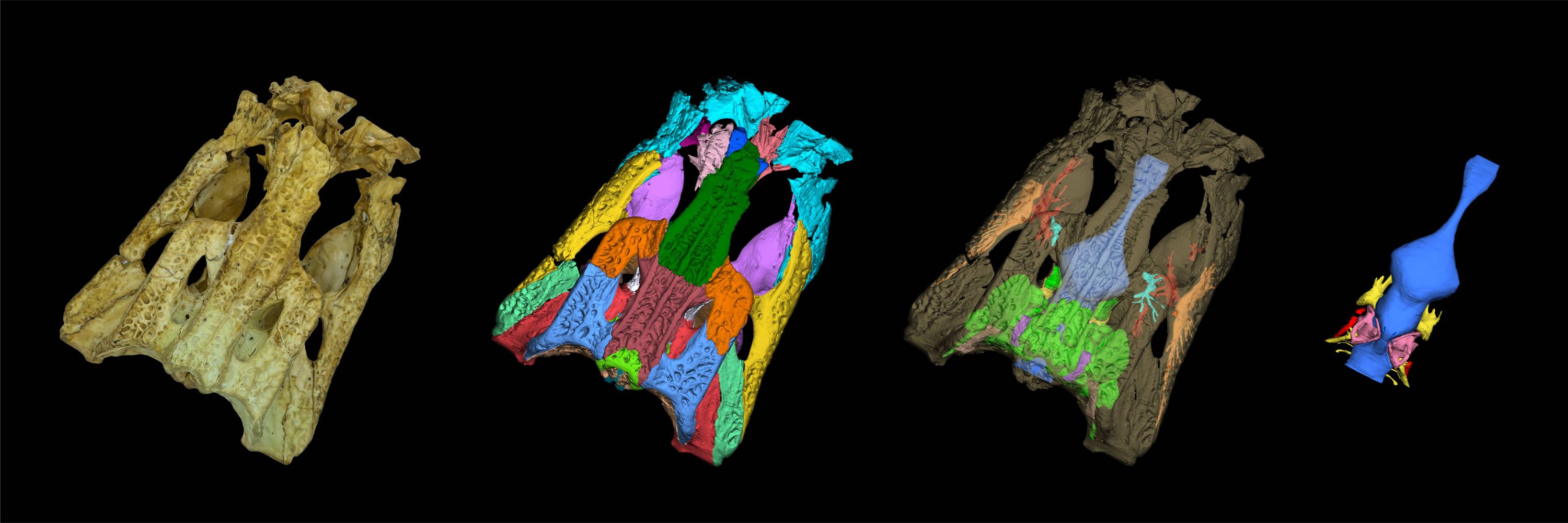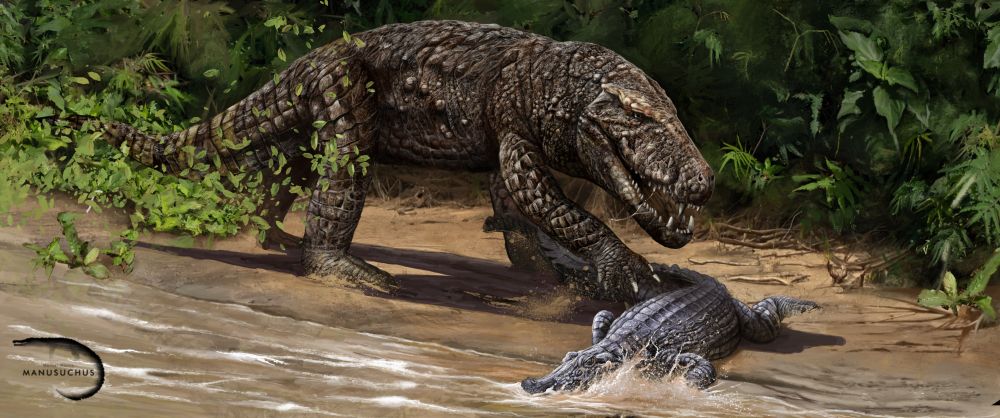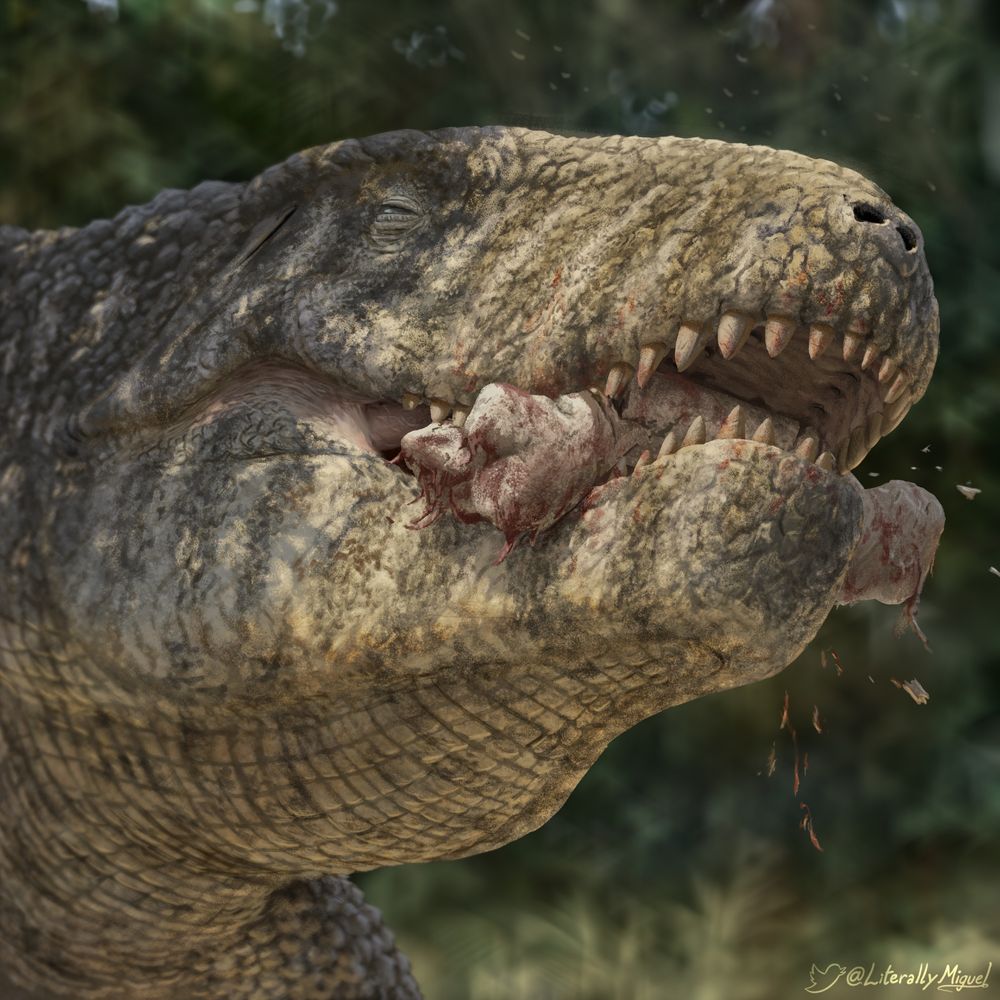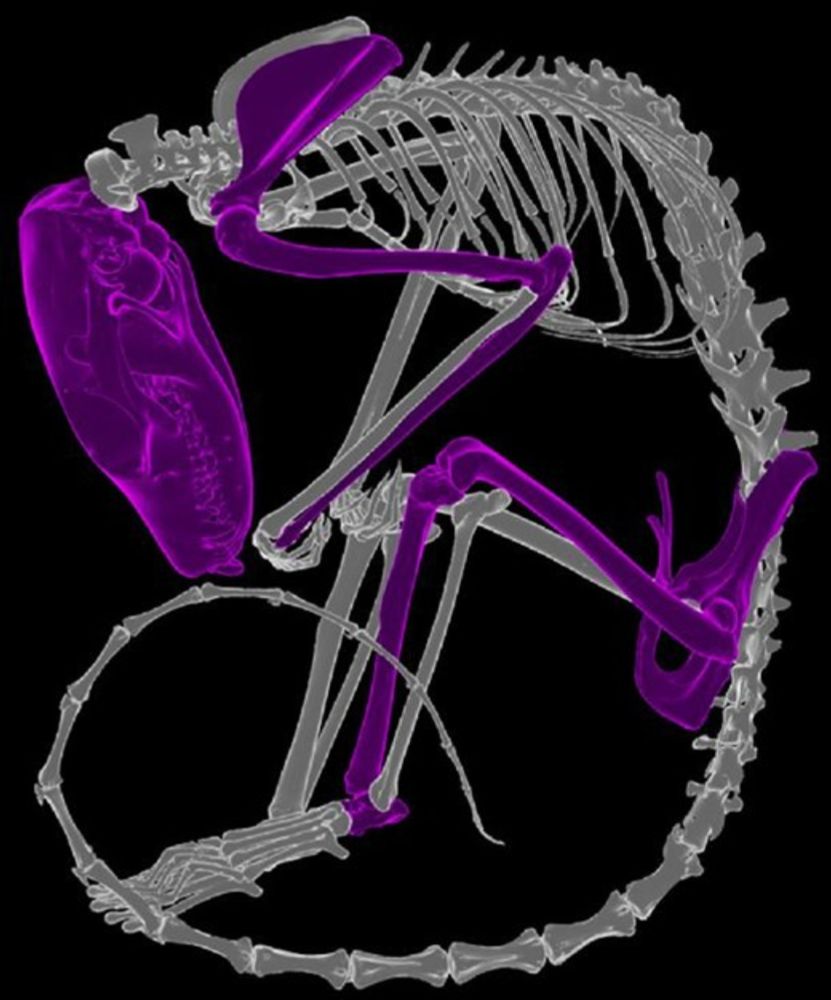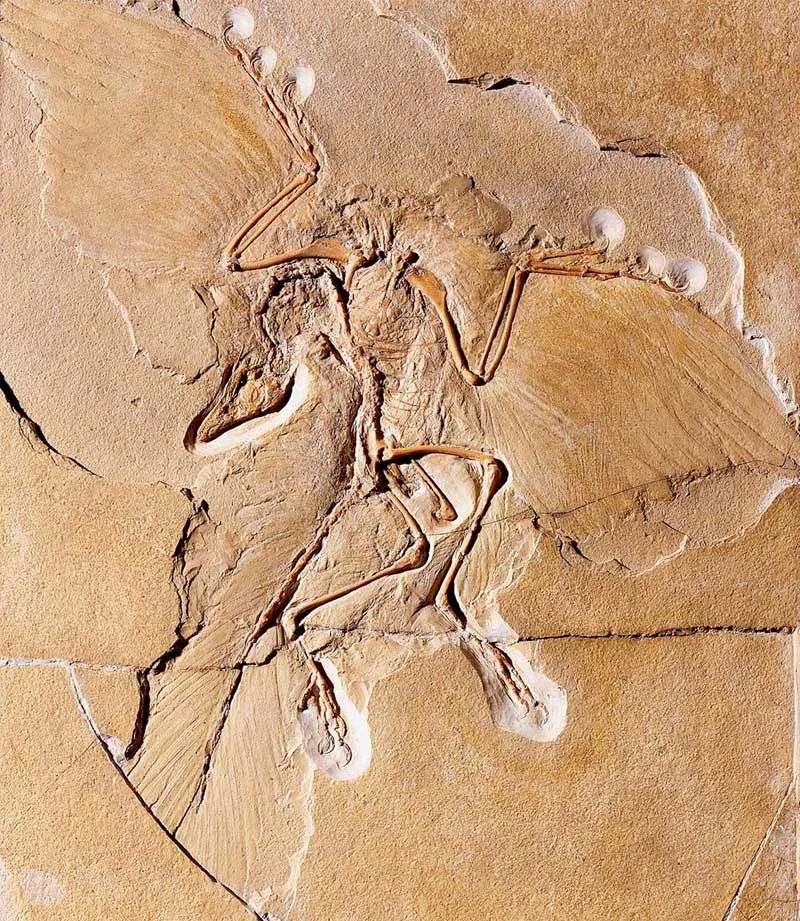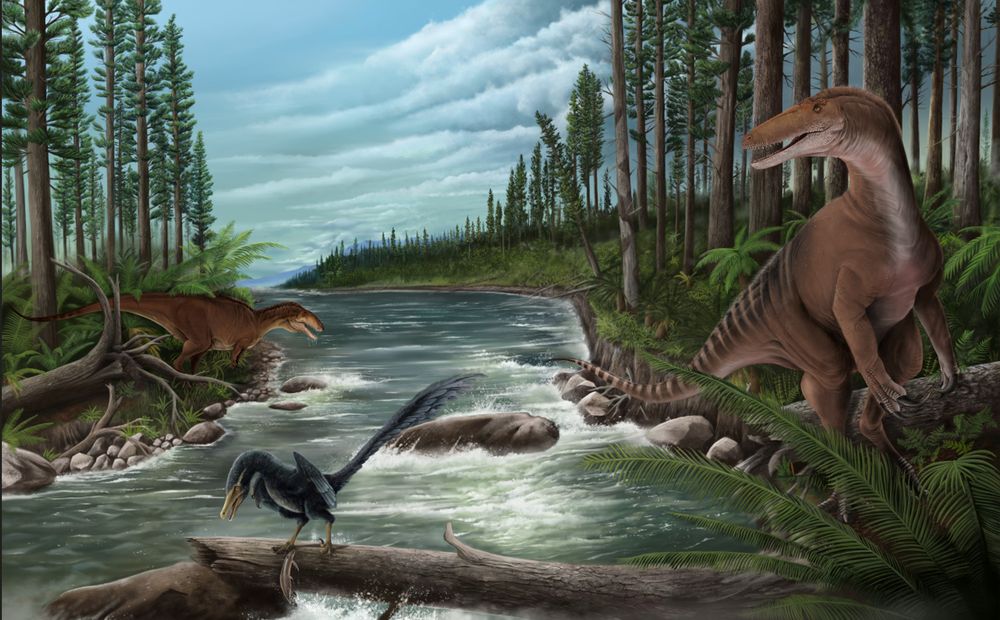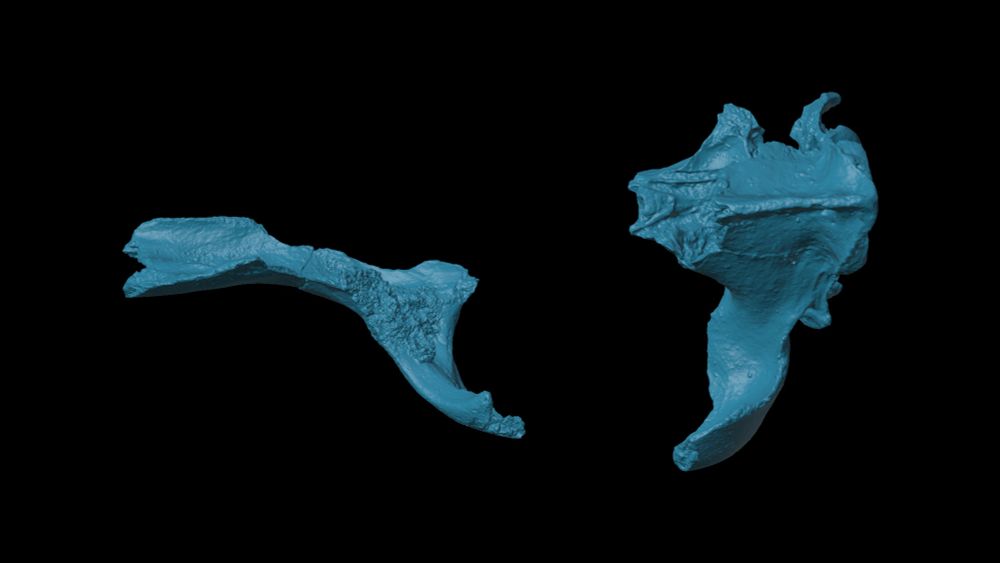Jorgo Ristevski
@jorgoristevski.bsky.social
300 followers
210 following
25 posts
PhD in paleontology, specializing in crocodylomorph anatomy, taxonomy and evolution. Postdoc at Max Planck Institute of Geoanthropology. He/Him/His
https://jorgoristevski.com/
Posts
Media
Videos
Starter Packs
Pinned
Reposted by Jorgo Ristevski
Reposted by Jorgo Ristevski
Reposted by Jorgo Ristevski
Reposted by Jorgo Ristevski
Reposted by Jorgo Ristevski
Reposted by Jorgo Ristevski
_crocodiles
@crocodiles.bsky.social
· May 29
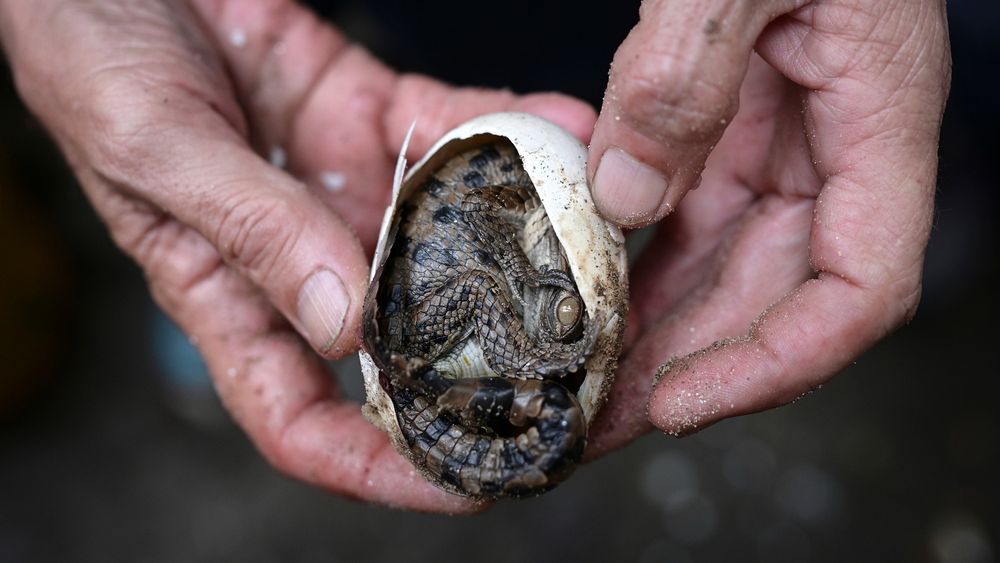
The last-ditch race to save the Orinoco crocodile
For decades, the men and women of the Venezuelan Crocodile Specialist Group have been raising younglings of the critically endangered species in captivity in a race against time to avoid its extinction
www.reuters.com
Reposted by Jorgo Ristevski
Reposted by Jorgo Ristevski
Reposted by Jorgo Ristevski
Reposted by Jorgo Ristevski
Aubrey Keirnan
@aub-birdy.bsky.social
· Jan 22

Avian telencephalon and cerebellum volumes can be accurately estimated from digital brain endocasts | Biology Letters
For studies of the evolution of vertebrate brain anatomy and potentially associated
behaviours, reconstructions of digital brain endocasts from computed tomography scans
have revolutionized our capaci...
royalsocietypublishing.org
Reposted by Jorgo Ristevski
Reposted by Jorgo Ristevski
Reposted by Jorgo Ristevski
Reposted by Jorgo Ristevski
Reposted by Jorgo Ristevski
Reposted by Jorgo Ristevski
